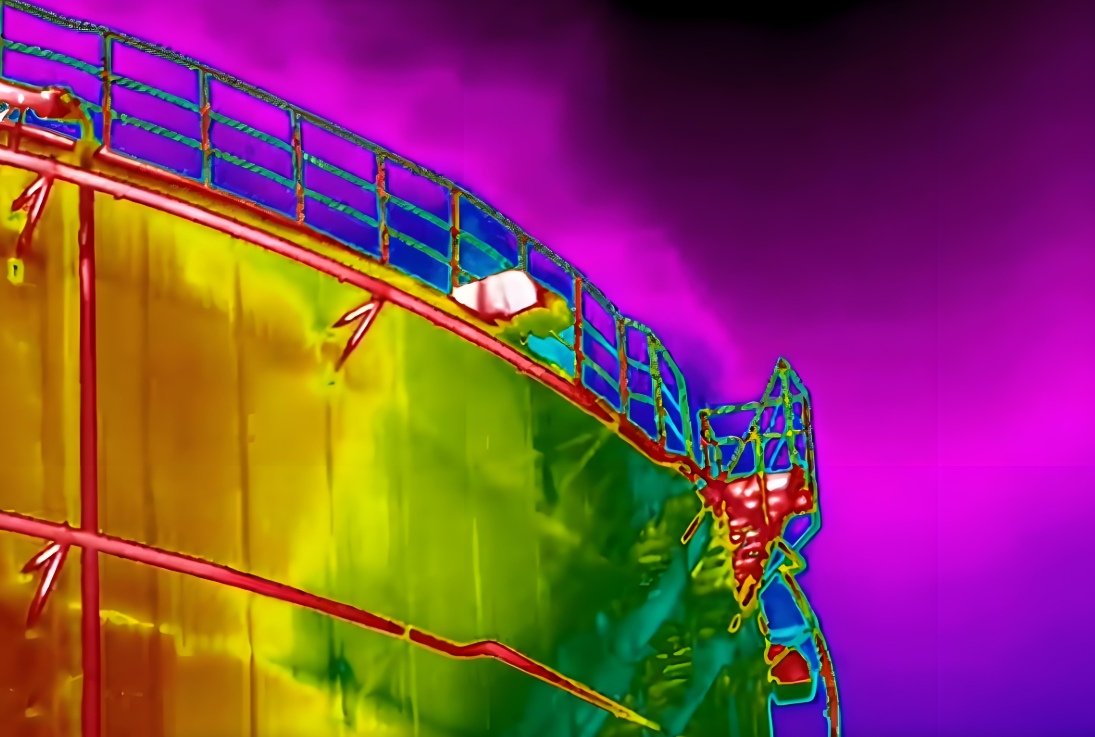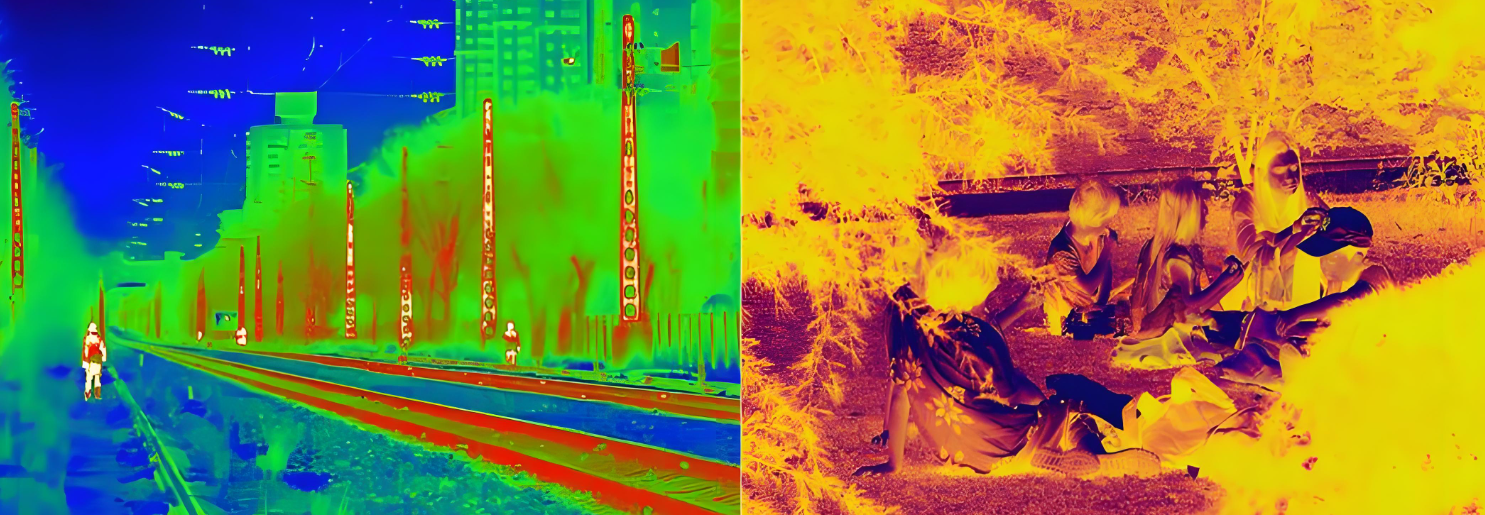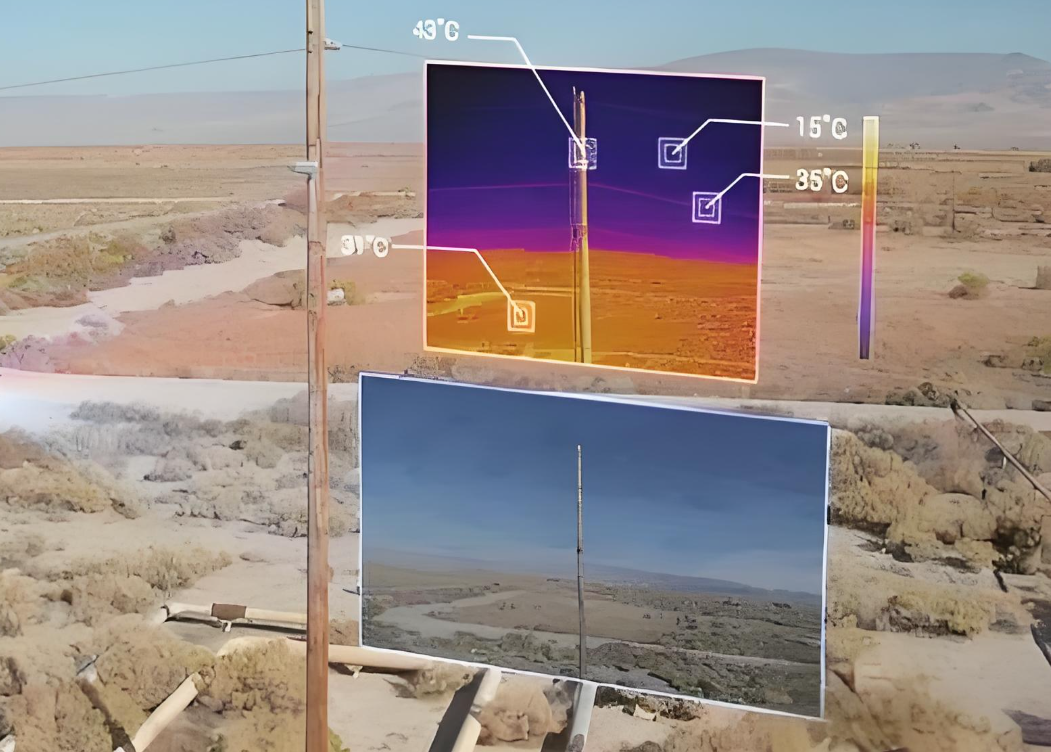To select an infrared thermal imaging camera that suits specific needs, you need to consider many factors. Here are some suggestions:
Clear application scenarios
Industrial detection: used to detect equipment failures, pipeline leaks, etc., requires high-resolution, high-precision temperature measurement, and can withstand harsh environments, such as dustproof, waterproof, shockproof, etc., to ensure long-term stable operation.
Security monitoring: To monitor large areas, a large field of view and long-distance detection capabilities are required; to identify people and objects, high resolution and clear images are required, while considering compatibility with existing security systems.
Fire rescue: Search and rescue in dense smoke and dark environments requires high-sensitivity detectors that can quickly capture human or object heat signals, have strong smoke penetration capabilities, and must have certain waterproof and anti-collision properties to adapt to complex rescue environments.
Medical field: Detecting the temperature distribution on the human body surface requires high-resolution, high-precision temperature measurement, and the temperature range is suitable for human body temperature, meeting medical safety and hygiene standards.

Pay attention to technical parameters
Resolution: The higher the resolution, the richer and clearer the image details, and the better it can identify small temperature differences. When detecting small target objects, you need to choose a high-resolution thermal imaging camera, such as 640×480 pixels, 1280×1024 pixels, etc.
Sensitivity: A camera with high sensitivity can capture more subtle temperature changes. The lower the thermal sensitivity index (NETD), the higher the sensitivity. It is suitable for scenes that need to detect small temperature differences, such as detecting small temperature changes of electronic components.
Field of view and focal length: A large field of view angle covers a wide range; a small field of view angle can be used for high-precision observation of distant targets. Focal length affects imaging distance and clarity. You need to select a lens with a suitable focal length according to the observation distance and target size. For example, you can select a wide-angle lens for monitoring a large-scale scene, and a telephoto lens for monitoring a distant target.
Temperature range and accuracy: Make sure that the temperature range of the selected camera covers the temperature range of the object being measured, and the measurement accuracy meets the application requirements. For example, for industrial furnace temperature monitoring, you need to select a thermal imaging camera with a high temperature measurement range and high accuracy.
Response speed: For dynamic monitoring scenarios, such as monitoring fast-moving objects or rapidly changing temperature fields, you need to select a camera with a high response speed, that is, a camera with a high frame rate, to ensure that clear and coherent thermal images can be captured.

Consider other factors
Brand and quality: Select Products with well-known brands and good reputations have better quality, performance and reliability, and better after-sales service. Problems encountered during use can be solved in time.
Cost and budget: clarify the budget range, comprehensively consider the product price and subsequent use costs, such as maintenance costs, consumables replacement costs, etc., weigh performance and price, and choose products with high cost performance.
Portability and ease of use: If you need to carry it out frequently, you should choose a portable thermal imaging camera that is small in size, light in weight, and easy to carry; products with simple and intuitive operating interfaces and easy to use can improve work efficiency and reduce training costs.
Data interface and compatibility: If you need to integrate with other devices or software, you need to ensure that the camera's data interface is compatible with the existing system, such as USB, HDMI, Ethernet and other interfaces, and support common data transmission protocols and software platforms.

Onick Optics (Wuhan) Co., Ltd. is a technology company dedicated to instruments and meters, optical instruments, electronic instruments, telescopes, night vision devices, car intercoms, digital photo recorders, uncooled thermal imaging and other products. It focuses on the research and development, production and sales of various instruments and meters, optical instruments, instruments and meters, optical instruments, electronic instruments, telescopes, night vision devices, speedometers, digital photo recorders, uncooled infrared thermal imaging and other products, and provides safe and reliable after-sales maintenance services.


